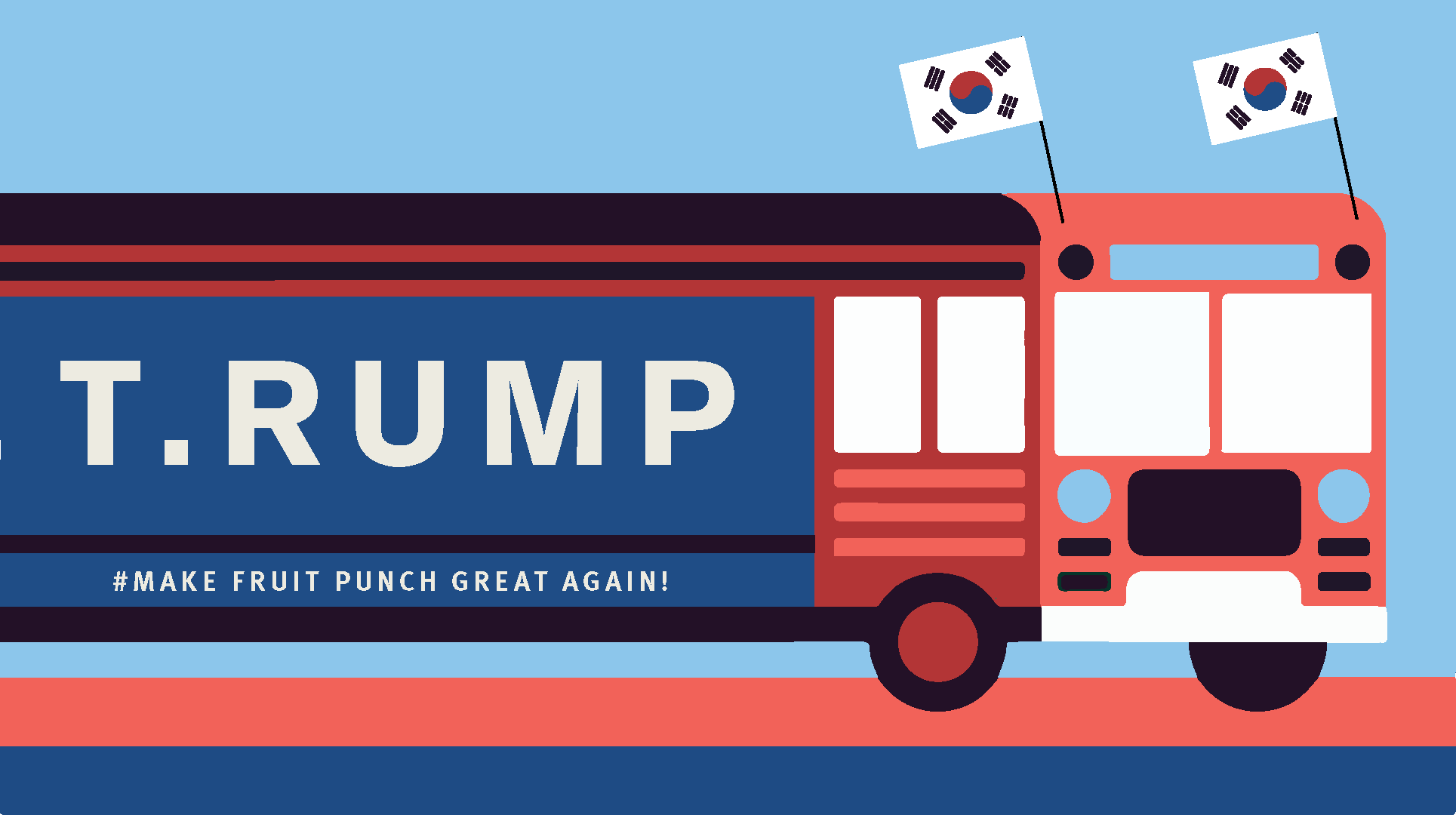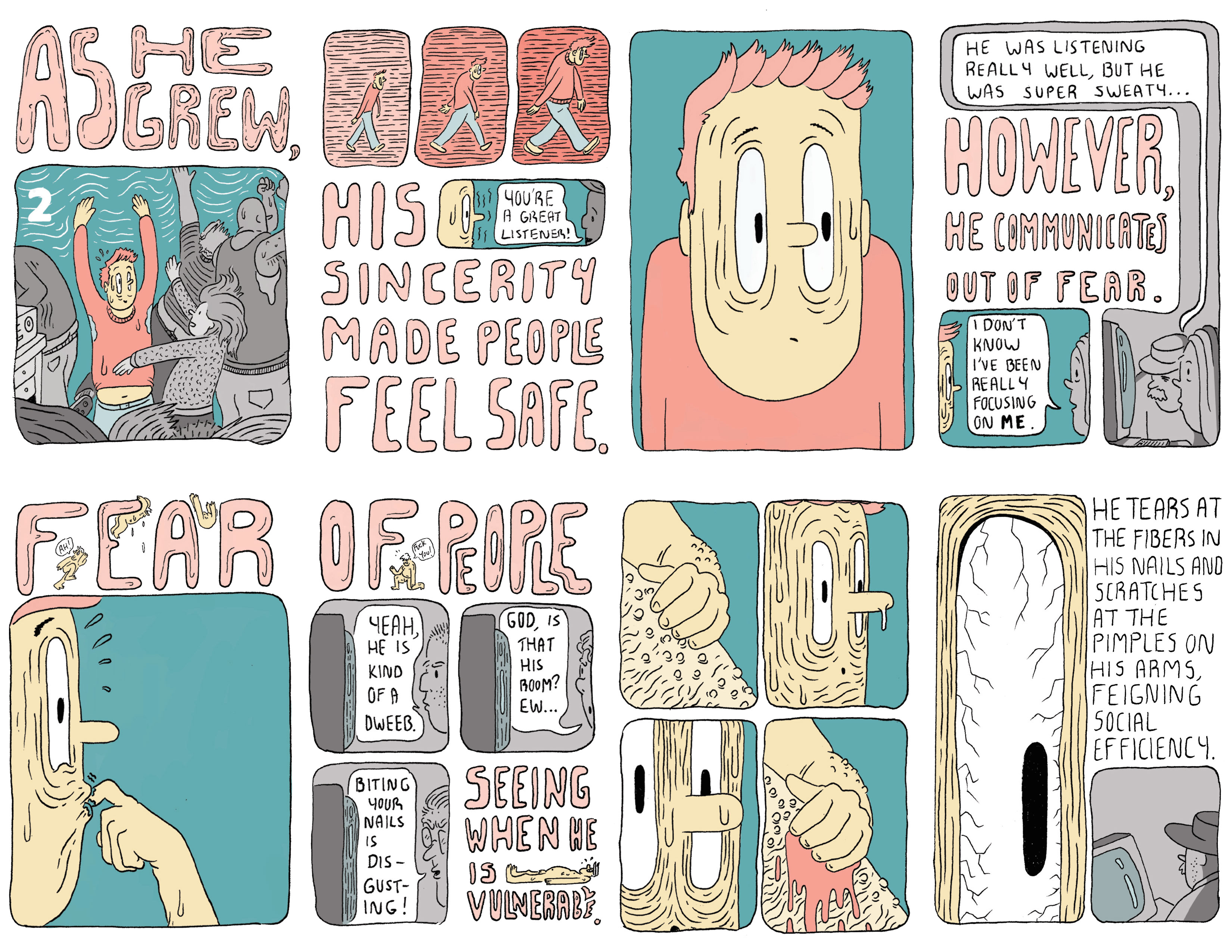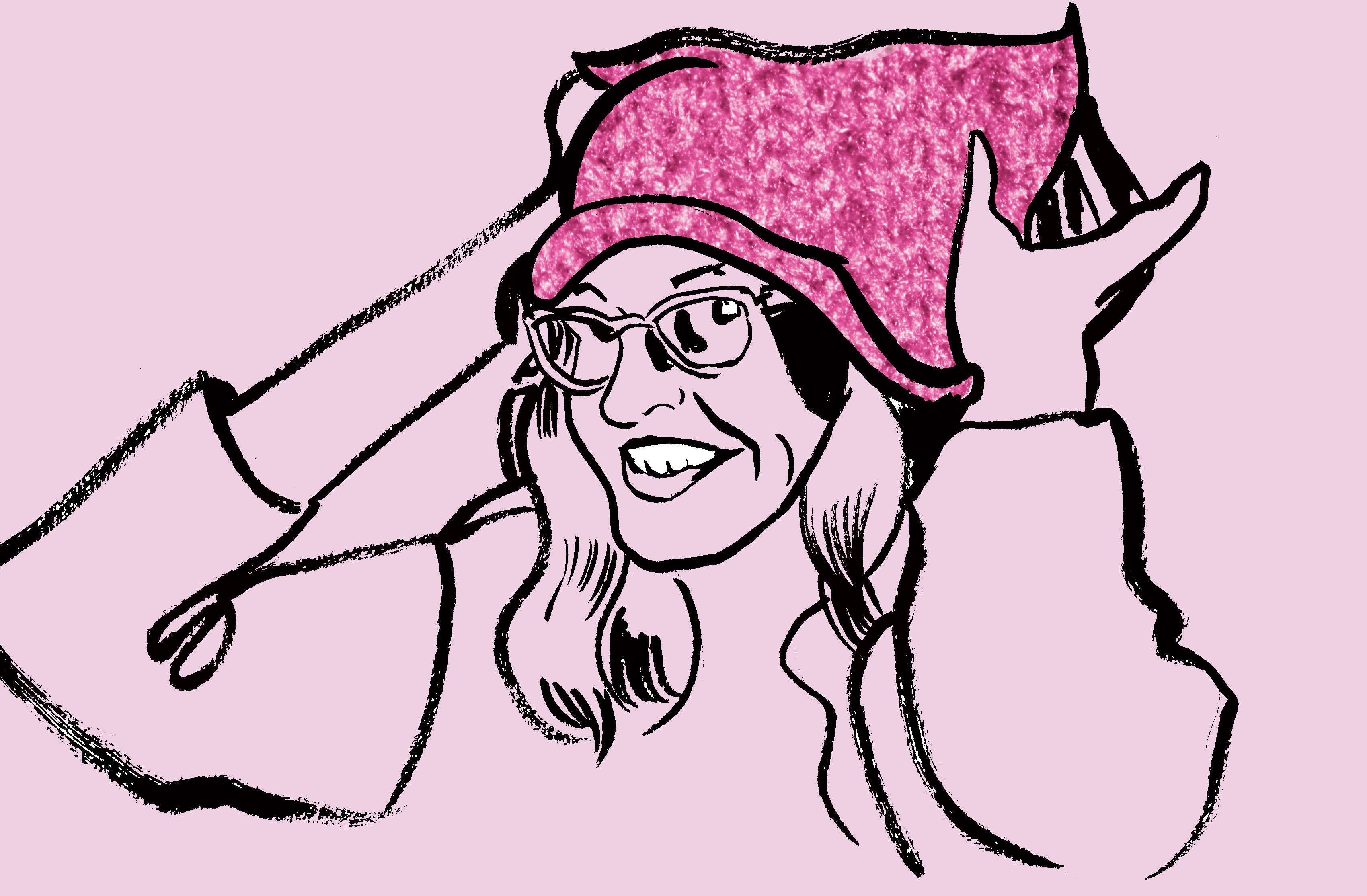
In the several weeks following the November 8 presidential election, two post-election community gatherings took place on the first floor event space of the LeRoy Neiman Center at the School of the Art Institute of Chicago (SAIC). The second meeting was organized to discuss “how each one of us as individuals can play a role in our conversations going forward,” according to the school’s president. Yet, many still wonder: How can we empower our agencies to move forward during these politically charged and turbulent times when our practices may be threatened by outsider forces?
In seeking to answer this question, it is worthwhile to look at the parallels between recent cases of political art censorship in both South Korea and the United States.
Immediately after the U.S. election, two artists, David Gleeson and Mary Mihelic, received an email from Eric Smith, president and CEO of the Redwood Media Group.
The email notified Gleeson and Mihelic of the exclusion of their “T.RUMP Bus” and flag desecration projects from the Red Dot Art Fair, a satellite exhibition of the 2016 Art Basel Miami Beach.
Perhaps “T.RUMP Bus” — a modified former Trump campaign bus that the artists drove to Republican rallies the past year — was too overtly mobile for the fair. Perhaps the embroidered U.S. flag was too obscene — although the neon yellow phrases starting with, “I did try and fuck,” and ending with “Grab ‘em by the pussy” are only the transcriptions of the newly elected president’s voice from a leaked “Access Hollywood” tape.
In an interview with Hyperallergic, Smith asserts that the exclusion was “purely a business decision,” denying its relation to any “concerns about restricted freedom of expression.”
International art fairs and biennales are often a place where censorship occurs.
Similar exclusions of political artworks and artists have been occurring at a high frequency in South Korea since the beginning of conservative president Park Geun-hye’s administration in 2012. Park is now the first president to be impeached in Korea’s history.
One notable case took place at the Gwangju Biennale in 2014, which was the first biennale established in South Korea to commemorate the pro-democracy movement of the Gwangju Uprising of the 1980s.
The artwork in question was Hong Sung-dam’s “Sewol Owol (Sewol May).” The satirical piece depicted various contentious images including that of Park Geun-hye as a puppet controlled by her father, Park Chung-hee, who was a military dictator holding power for almost two decades until 1979.
Upon hearing of the rejection, Hong modified the particular caricature to a chicken; it was removed nevertheless.
Gwangju officials defending the censorship said that the work could not be tolerated in the context of an exhibition supported by the city financially.
Does this echo Smith’s “business decision?”
International art fairs and biennales are often a place where censorship occurs.
Following the end of WWII, the Korean peninsula was a microcosmic space of the conflicting forces of the Cold War. The Republic of Korea was officially established under American military occupation, while North Korea was led by the Communist-aligned Democratic People’s Republic of Korea.
Since then, the influence of the U.S.- South Korea alliance has permeated every corner of South Korean politics, education, arts, and culture. With this in mind, it is arguable that the earlier growth of extreme censorship in South Korea can offer a prospect of what may be approaching those who are living and working in the U.S.
The New York Times article that featured the censorship of Hong Sung-dam’s “Sewol Owol” paraphrased concerns of other “political” artists as feeling “ostracized and harassed.”
“Unflattering depictions of political leaders can lead to lawsuits and even criminal defamation charges,” they added.
It wasn’t until November 2016 that a rumor of a blacklist produced within the Blue House was reported to be true. There were 9,473 artists who “expressed opposition to government policies or supported opposition politicians” listed on the leaked blacklist, and would see financial and logistical consequences.
In 2015, Hong Sung-dam’s “Sewol Owol” was invited to be included in the exhibition “[Banned Images] Control and Censorship in East Asian Democracies” curated by one of the largest art societies in Germany, the neue Gesellschaft für bildende Kunst (nGbK).
Ten of Hong’s artworks were arranged for transportation. However, the last-minute news waiting for Hong was that the transportation company suddenly could not transport his artworks due to a “business decision.”
The heightened censorship in South Korea was seen as a digression to the extreme political repression during the military dictatorship in the postwar era. Quoting Hong Sung-dam, “Under Park Geun-hye, the country is reverting to the old practices of her father’s era, repressing freedom of expression.”
History repeats itself. Censorship of the arts in the U.S. is nothing new; it was in full swing during the McCarthy era, and its residue is still omnipresent in various forms — only to inflate evermore at this present moment.
Against this recurring history, the overall public response has been evidently progressive. However, if we are to continuously progress and empower ourselves without finding comfort at a plateau, we must gather around the idea of a “collective.”
Collective consciousness is pivotal. The supremacy of international political happenings has never presented itself as vividly as it has in the past several months.
Through acknowledging and gradually expanding the scope of our understanding, we are taking a step closer to what we have been calling a “diverse” yet “inclusive” community.







